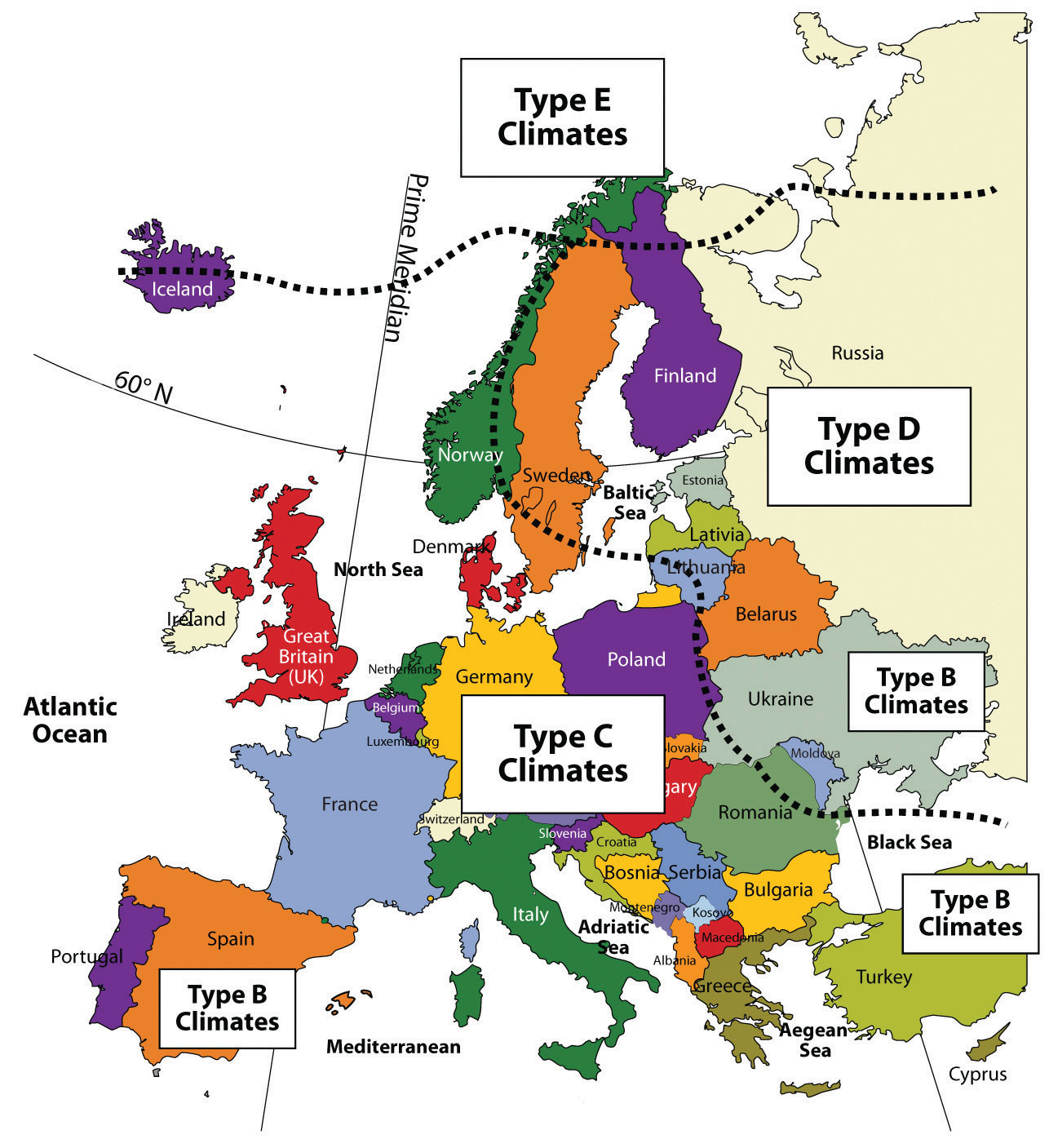Jan 11, 2020 Formed in 1958 the European Union is an economic and political union between 28 member countries. It was created after World War II as a way to ensure peace between European nations. These countries share a common currency called the Euro. Those who reside in EU countries are also granted EU passports, which allow for easy travel between nations. Welcome to 2019, people! Here's yet another (hopefully) popular New Year's Day video for you guys! I will be posting a lot of YTPs, Disney Channel vids, SM64. Geographic factors in the economic, social, and political progress of European integration; major problems of the area in the light of their geographic background. Prereq: Permission of instructor. Not open to students with credit for 3753 (510) or 3753.01. This Europe map quiz game has got you covered. From Iceland to Greece and everything in between, this geography study aid will get you up to speed in no time, while also being fun. If you want to practice offline, download our printable maps of Europe in pdf format. There is also a Youtube video you can use for memorization! What are the Countries in the European Union? Geography Books for Kids Children's Geography & Culture Books Professor, Baby on Amazon.com.FREE. shipping on qualifying offers.
Our editors will review what you’ve submitted and determine whether to revise the article.
Join Britannica's Publishing Partner Program and our community of experts to gain a global audience for your work!

European Union (EU), international organizationcomprising 27 European countries and governing common economic, social, and security policies. Originally confined to western Europe, the EU undertook a robust expansion into central and eastern Europe in the early 21st century. The EU’s members are Austria, Belgium, Bulgaria, Croatia, Cyprus, the Czech Republic, Denmark, Estonia, Finland, France, Germany, Greece, Hungary, Ireland, Italy, Latvia, Lithuania, Luxembourg, Malta, the Netherlands, Poland, Portugal, Romania, Slovakia, Slovenia, Spain, and Sweden. The United Kingdom, which had been a founding member of the EU, left the organization in 2020. The EU was created by the Maastricht Treaty, which entered into force on November 1, 1993. The treaty was designed to enhance European political and economic integration by creating a single currency (the euro), a unified foreign and security policy, and common citizenship rights and by advancing cooperation in the areas of immigration, asylum, and judicial affairs. The EU was awarded the Nobel Prize for Peace in 2012, in recognition of the organization’s efforts to promote peace and democracy in Europe.
Origins
The EU represents one in a series of efforts to integrate Europe since World War II. At the end of the war, several western European countries sought closer economic, social, and political ties to achieve economic growth and military security and to promote a lasting reconciliation between France and Germany. To this end, in 1951 the leaders of six countries—Belgium, France, Italy, Luxembourg, the Netherlands, and West Germany—signed the Treaty of Paris, thereby, when it took effect in 1952, founding the European Coal and Steel Community (ECSC). (The United Kingdom had been invited to join the ECSC and in 1955 sent a representative to observe discussions about its ongoing development, but the Labour government of Clement Attlee declined membership, owing perhaps to a variety of factors, including the illness of key ministers, a desire to maintain economic independence, and a failure to grasp the community’s impending significance.) The ECSC created a free-trade area for several key economic and military resources: coal, coke, steel, scrap, and iron ore. To manage the ECSC, the treaty established several supranational institutions: a High Authority to administrate, a Council of Ministers to legislate, a Common Assembly to formulate policy, and a Court of Justice to interpret the treaty and to resolve related disputes. A series of further international treaties and treaty revisions based largely on this model led eventually to the creation of the EU.
- November 1, 1993
- related people
- areas of involvement
- During Charles de Gaulle's leadership of France in the 1960s, the country twice rejected the United Kingdom's application to the European Economic Community.
- More than 500 million people live in the European Union.
- There are 24 official languages of the European Union.
European Union Ap Human Geography
This is a list of the extreme points of the European Union — the points that are farther north, south, east or west than any other location.
In Europe[edit]

- North: Nuorgam, Finland (70° 5’ 30” N)
- South: El Pinar, Santa Cruz de Tenerife, Spain (27°42′05″N).
- West: Monchique Islet, Azores Islands, Portugal (31°16′30″W)
- East: Rizokarpaso, Cyprusde jure[1] (34° 36’ E)
- or Cape Greco, Ayia Napa, Cyprusde facto[1] (34° 5’ E)

Including overseas territories[edit]
- North: Nuorgam, Finland
- South: Pointe de Langevin, Saint-Joseph, Réunion,[2]France (21° 23′ 20″ S)
- West: Pointe du Canonnier, Saint-Martin, France (63° 08′ W)
- East: Pointe des Cascades, Sainte-Rose, Réunion,[2]France (55° 50′ 11″ E)
Note that most overseas territories of EU member countries are not part of the European Union, and therefore do not count here.
Mainland Europe[edit]
Only including the European continent proper, i.e. mainland of the 23 member states excluding islands such as Cyprus, Malta or Ireland.
- North: Nuorgam, Finland
- South: Punta de Tarifa, Spain (36° 0’ 15” N)
- West: Cabo da Roca, Portugal (9° 30’ W)
- East: Virmajärvi, Finland (31° 35′E)
In the Schengen Area[edit]
- North: Knivskjellodden, Norway (71° 11′ 8” N)
- South: La Restinga, Canary Islands, Spain (27° 38′ N)
- West: Monchique Islet, Azores Islands, Portugal (31°16′30″W)
- East: Virmajärvi, Finland (31° 35′ E)
Altitude[edit]
- The EU's highest peak is Mont Blanc in the Graian Alps, 4,810.45 metres (15,782 ft) above sea level.[3]
- The lowest point (man-made) in the EU is Tagebau Hambach, 293 m (961 ft) below sea level, Niederzier, North Rhine-Westphalia,
- The lowest natural point in the EU is Étang de Lavalduc in Southeastern Metropolitan France, at 10 m (33 ft) below sea level.
Footnotes[edit]
- ^ abRizokarpaso/Dipkarpaz, in Northern Cyprus, is the de jure easternmost point. Although the whole of Cyprus acceded to the European Union on 1 May 2004, EU legislation only applies to the southern part of the island which remained under the effective control of the Republic of Cyprus after the Turkish invasion of 1974. EU legislation is suspended in Northern Cyprus. It is therefore de facto not part of the EU, making Cape Greco, Ayia Napa the de facto easternmost point. Cyprus is usually considered to be in Asia rather than Europe with respect to physical geography, although it is considered culturally European. See also European_Union_Enlargement#Northern_Cyprus and Extreme points of Cyprus.
- ^ abRéunion is a Frenchdépartement d'outre-mer, and as such is fully part of France and the EU.
- ^'Mont Blanc shrinks by 45 cm (17.72 in) in two years'. Sydney Morning Herald. 6 November 2009. Retrieved 26 November 2010.
See also[edit]
European Union Geography Definition
